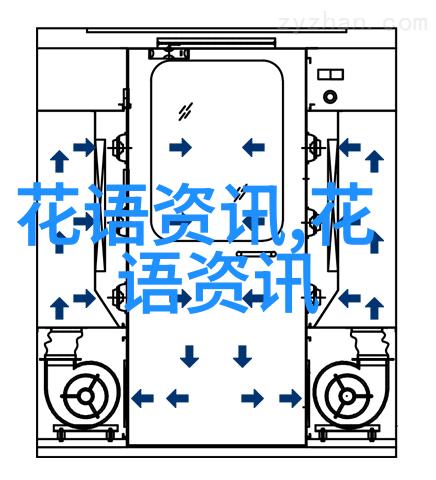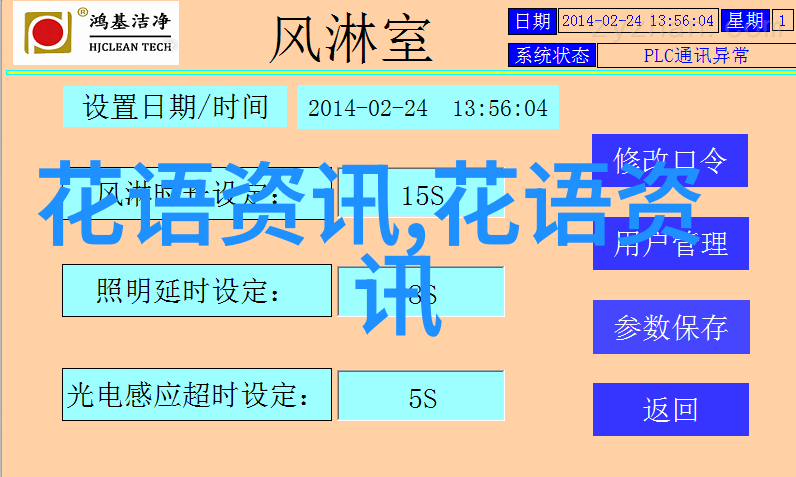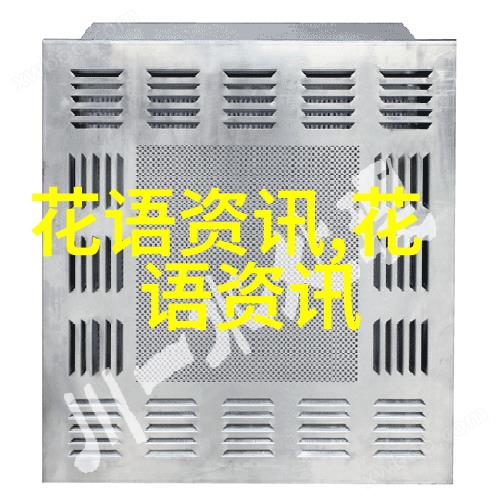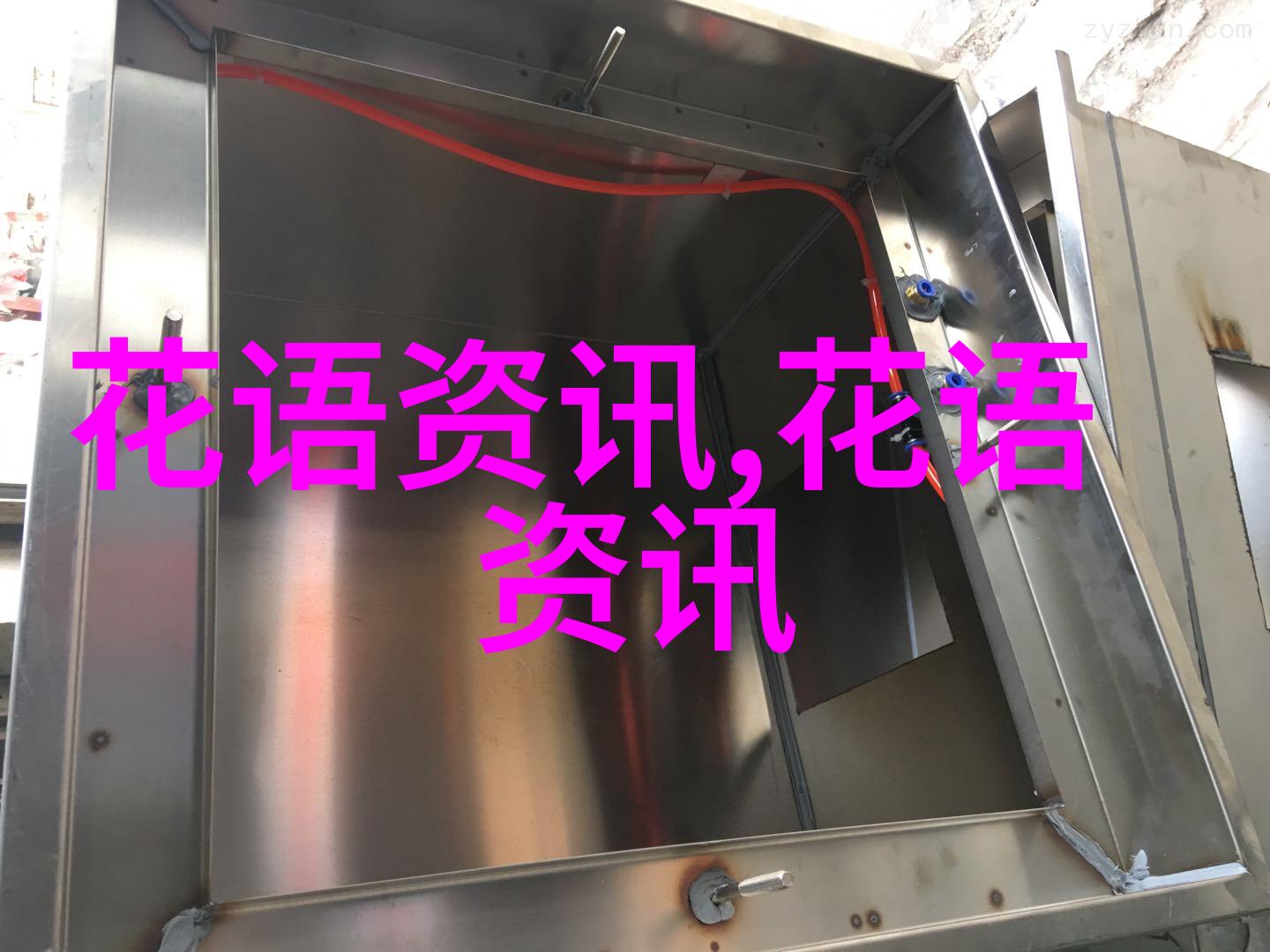From Clay to Masterpiece: The Ceramic Production Process

Introduction
The art of ceramic making has been a cornerstone of human civilization for thousands of years, with evidence of pottery dating back as far as the Neolithic period. From functional vessels to decorative sculptures, ceramics have played an integral role in our daily lives and cultural heritage. This article will delve into the intricate process of creating these beautiful and durable objects, exploring each step from raw materials to finished masterpiece.

Gathering Raw Materials
Ceramic production begins with the selection and preparation of raw materials. Typically, this includes clay – a naturally occurring fine-grained earth material that is rich in silicates – along with other minerals such as feldspar and quartz for added strength and durability.

Preparing the Clay
Once sourced, the clay must be processed to remove any impurities or contaminants that could affect its quality or final appearance. This may involve sieving through coarse mesh screens to separate larger particles from finer clays before being mixed with water according to specific ratios.

Shaping the Form
With clean, workable clay at hand, artisans can now begin shaping their creations using various techniques depending on desired form or design complexity. Hand-building methods include pinching, coiling (layering rolled-out sheets), or sculpting; while wheel-throwing allows more precise control over symmetrical shapes like bowls or cups.

Drying & First Firing (Bisque)
After shaping is complete but before glazing can occur (to prevent adhesion issues), pieces are left out in controlled environments allowing them to slowly dry under tension-free conditions known as "green" state drying phase until they reach approximately 10% moisture content.
Following this stage comes firing at low temperatures (around 1800°F) called bisque firing which converts raw organic matter into non-porous silica glass-like substance effectively removing excess moisture preventing cracking during subsequent high temperature firings needed for glazing applications later down line stages within manufacturing process cycle loop feedback system self-regulating equilibrium dynamics balancing act between heat absorption rate vs thermal shock resistance capacity determining ideal peak operating temperature limits inherent trade-offs influencing overall product performance characteristics aesthetics functionality balance optimization challenges faced by modern-day ceramic manufacturers striving towards maximizing efficiency minimizing waste reducing environmental footprint going green eco-friendly sustainable practices promoting responsible resource utilization global awareness campaigns raising consciousness about ecological impact societal responsibility corporate social responsibility CSR initiatives fostering innovation creative problem-solving solutions sustainable future development scenarios envisioning greener tomorrow possibilities embracing change adapting technology advancements leveraging cutting-edge science engineering technologies interdisciplinary collaboration cross-industry partnerships driving progress forward moving toward better world shared vision collective action unity understanding interconnectedness harmony among all living beings planet Earth home we call it here now


